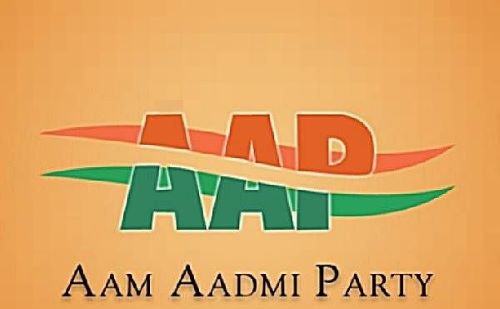 When the Aam Aadmi Party swept Punjab in 2022, Bhagwant Mann promised a new dawn — a Punjab free from corruption, joblessness, and financial distress. The people of Punjab, weary of traditional politics, trusted this promise of change and handed AAP a massive mandate. Yet, three and a half years later, many of those big promises have faded into political slogans rather than real achievements.
When the Aam Aadmi Party swept Punjab in 2022, Bhagwant Mann promised a new dawn — a Punjab free from corruption, joblessness, and financial distress. The people of Punjab, weary of traditional politics, trusted this promise of change and handed AAP a massive mandate. Yet, three and a half years later, many of those big promises have faded into political slogans rather than real achievements.
Before the elections, Mann and his party made several tall claims — to wipe out the state’s ₹3 lakh crore debt, provide ₹1,000 every month to all women, ensure Minimum Support Price (MSP) on 22 crops, create lakhs of jobs, and bring revolutionary improvement in health and education through mohalla clinics. The slogan of “Rangla Punjab” had ignited hope across the state.
However, the government’s record on delivery tells a different story. The much-talked-about ₹1,000 monthly allowance for women remains unfulfilled, even though it was a centrepiece of AAP’s campaign. The MSP for 22 crops, too, was limited only to a few like moong, leaving farmers disappointed and continuing their agitation for fair prices. And the claim of eliminating Punjab’s massive debt burden has proven to be nothing more than wishful thinking — the debt continues to rise, placing more strain on the state’s finances.
On the employment front, the government claims to have provided nearly 56,000 jobs, but this figure falls far short of the lakhs of unemployed youth who were promised stable government work. Punjab’s industrial sector is still struggling, with reports of companies shifting operations outside the state due to weak policy and uncertain governance.
Even in health and education, the flagship mohalla clinics project remains symbolic rather than transformative. While the government claims to have opened hundreds of clinics, the state’s major hospitals continue to face staff shortages, outdated equipment, and funding gaps. In schools, many buildings still await repair and teachers continue to protest over contractual employment and delayed recruitment.
Fiscal constraints, poor planning, and the inexperience of the administration have all contributed to the widening gap between promises and reality. Mann’s team inherited a financially stressed Punjab, but rather than prioritizing long-term reforms, it leaned heavily on populist announcements. Many of these schemes remain half-executed or lost in bureaucratic red tape.
The result is a growing public disillusionment. The same voters who once believed that AAP would cleanse Punjab’s politics now question whether the government is more focused on showmanship than substance. Farmers, youth, and women — the very groups whose hopes fueled AAP’s victory — feel ignored and unheard.
In the end, Bhagwant Mann’s government stands at a crossroads. Two years in power have shown that catchy slogans cannot replace effective governance. The road to a truly “Rangla Punjab” requires more than promises — it demands integrity, hard work, and honest delivery. Until then, Punjab continues to wait for the change it was promised but never received.